At some point, every budding gearhead or curious motorist asks, What are piston rings? And what do piston rings do?
Simply put, piston rings form a seal between the piston and cylinder wall, which prevents pressurized combustion gases from entering the oil sump. They also regulate oil consumption by preventing excessive oil from entering the combustion chamber and burning. Properly functioning rings are vital to maximum engine power and efficiency.
Let’s take a deeper dive.
What do piston rings do?
Most stock automotive pistons have three rings, as shown here on this new automotive piston.
The top and second rings are responsible for pressing tightly against the cylinder wall and sealing the combustion chamber, keeping combustion gases in and oil out.
The oil ring scrapes oil off the cylinder wall on the way down the cylinder, depositing it back into the oil sump. Because an extremely thin film of oil lubricates the ring/cylinder wall interface, it is normal for some oil to burn during combustion. What constitutes “normal” oil consumption, however, depends on the engine.
When good piston rings go bad
Worn rings can allow a gap to form between the ring face and cylinder wall. During combustion, the pressurized gases that drive the piston down the cylinder and turn the crankshaft can blow by the piston and travel down the cylinder wall and into the oil sump, taking horsepower and efficiency with it. Blow-by also contaminates the motor oil, reducing its performance and service life.
Stuck rings can result in the same scenario. Extremely hot combustion gases can break down oil, forming carbon deposits in the ring grooves. Gasoline byproducts can form deposits, too. Heavy deposits cause the rings to stick in the grooves rather than stand proud of the piston, allowing a gap to form between the ring and cylinder wall, which invites blow-by and oil consumption.
Blue smoke, hard starts and power loss
The negative effects of bad piston rings are often easy to notice. Excessive oil consumption can lead to blue smoke billowing out of your tailpipe, especially at startup before the engine has warmed and the rings have expanded in the cylinder. Burning oil also means you’ll also need to top-off your oil more frequently.
Worn or stuck rings can also result in hard starts and reduced horsepower.
As the engine is turning over, the piston compresses the fuel/air mixture prior to combustion. Bad rings, however, allow some of the fuel/air to escape the combustion chamber, effectively reducing engine compression and making the engine more difficult to start. Once it is running, reduced compression robs your engine of power.
In the above image, the top ring is stuck in its groove, indicated by the fact it doesn’t stand proud of the piston. Stuck piston rings reduce engine power and allow combustion gases to enter the oil sump, contaminating the oil.
The piston rings in the above image are free in their grooves and working properly
Prevention is best practice
Preventing worn and stuck rings is vital to maximizing your engine’s power, efficiency and life. It starts with using a high-quality synthetic oil, like AMSOIL Signature Series Synthetic Motor Oil, that fights wear and withstands extreme heat, keeping pistons clean.
If you suspect your rings are worn or stuck, consider using the highest viscosity oil the original equipment manufacturer (OEM) recommends. Some OEMs recommend a range of viscosities, depending on your climate (e.g. 5W-20 when it’s cold, 10W-30 when it’s above 0ºF). Using the highest recommended viscosity can help close the gap between the rings and cylinder wall.
You can also try freeing stuck rings by using a quality engine flush or fuel additive designed to clean deposits, such as AMSOIL Engine and Transmission Flush or AMSOIL P.i.® Performance Improver.
Updated. Originally published July 8, 2016.

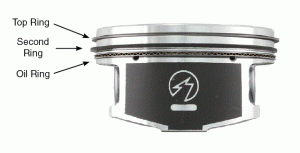
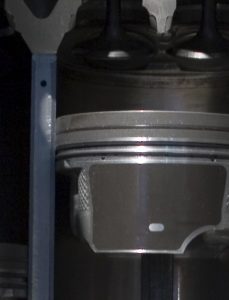
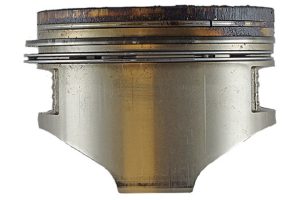
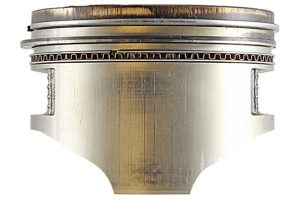
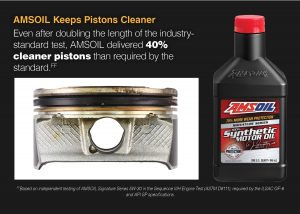
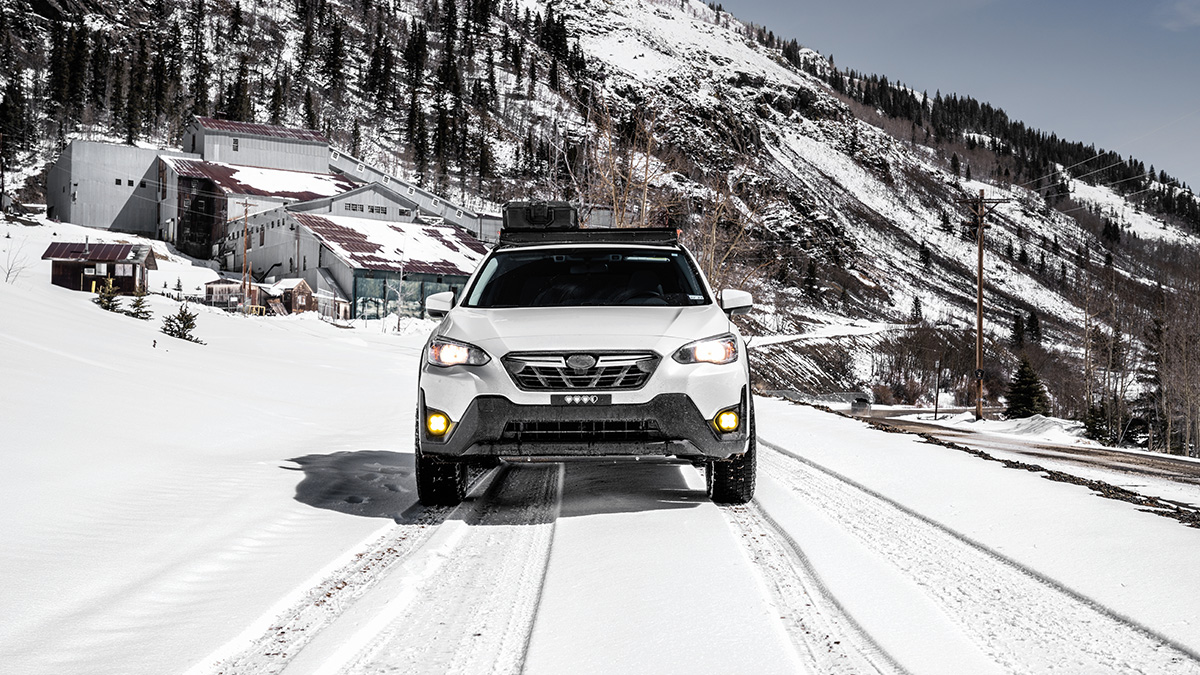


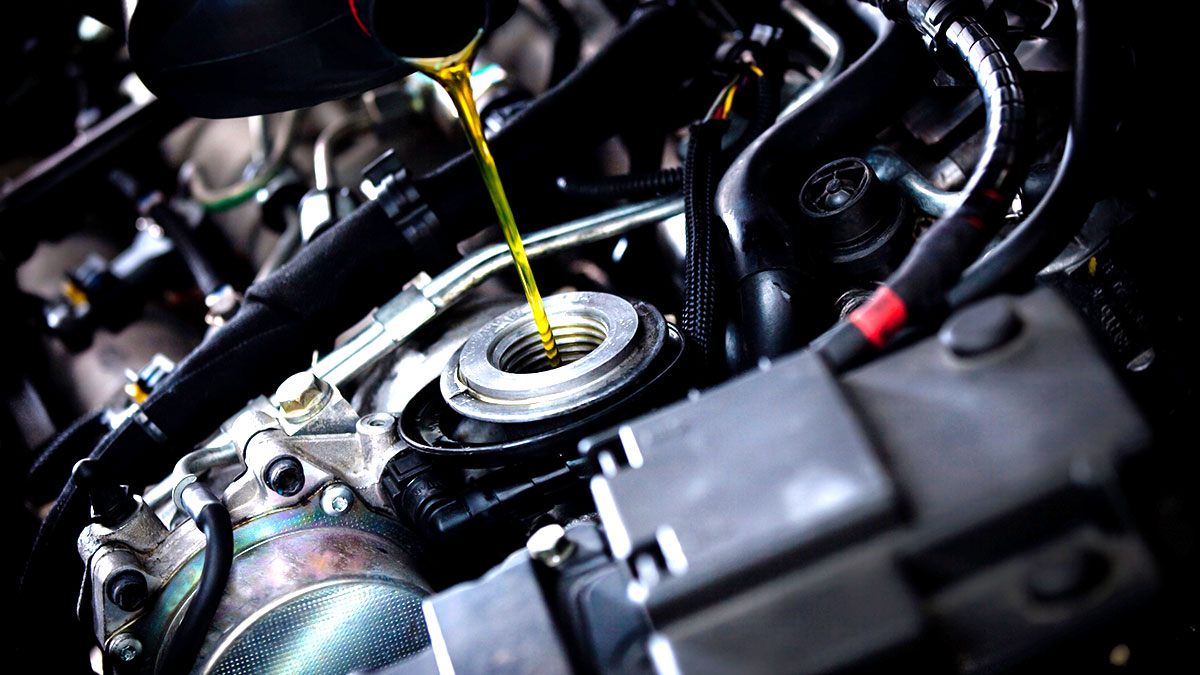
Comments
Share: